LIFE CYCLE ANALYSIS OF OUR TOWELS
The Earth cannot sustain our constant necessity and overproduction of resources, so it is time to consume less quantity and a lot more quality.
This is why we decided to analyze the life cycle of our towels. Keeping in mind that, to know if a product is sustainable, we have to look at its whole lifespan and not just its materials.
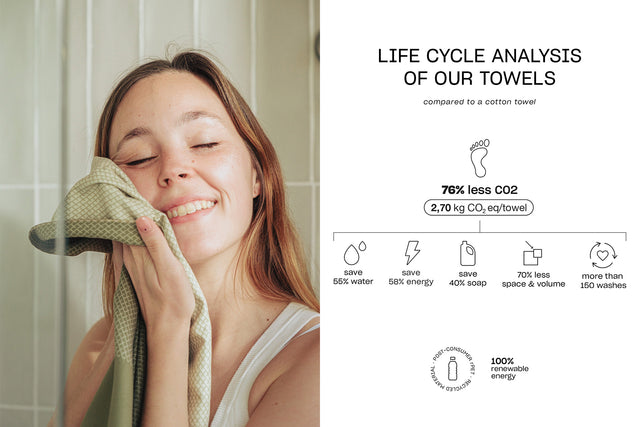

Our 50x95cm microfiber towels have a carbon footprint of 2.70 kg CO2 equivalent.
What does that mean? The towel’s carbon footprint gets reduced by 21% when we use renewable energy and recycled material. In other words, the impact it has on the planet during its production and usage phase is 76% lower than that of a cotton towel of the same dimensions. And it also helps the consumer save on a lot of different aspects like energy, water, soap and space.
Now that we have all the data, we can analyze it and plan to improve it. To do that we need to first, reduce our impact, and then, compensate for what we cannot reduce.
Our towels are made of 100% polyester with 30% recycled rPET. Using synthetic fabric is a way to avoid producing natural fibers that need fields to grow. Using recycled materials is a way to avoid producing more resources and reuse the waste we have already created.
MATERIALS
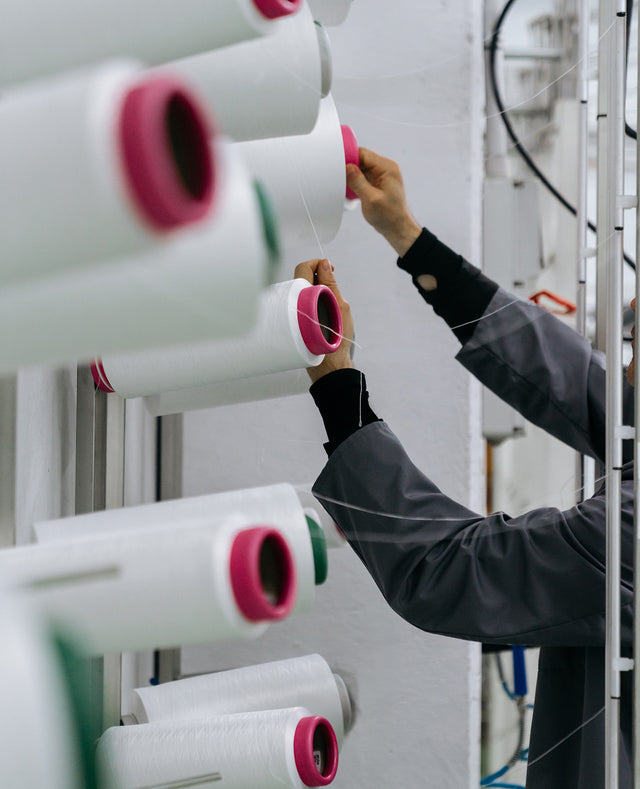
Our factory in Arenys de Munt has its own solar panels, which means it runs with 100% renewable energy, having a lower impact on the planet.
MANUFACTURING
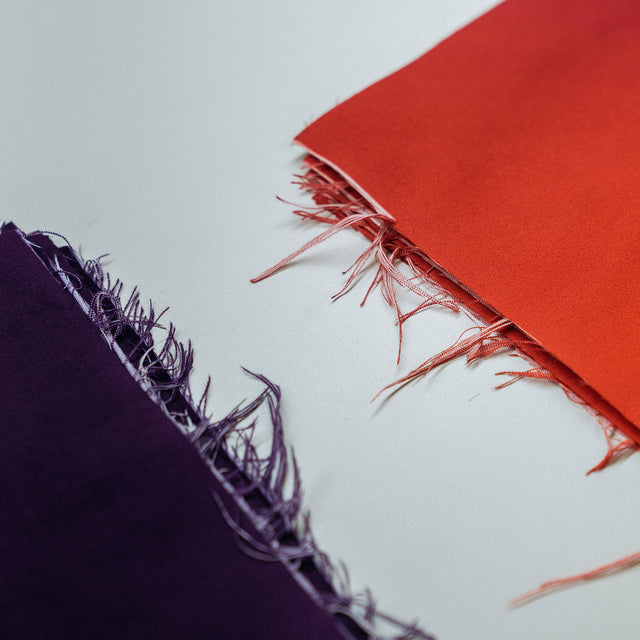
Distributing by road or ocean pollutes way less than by plane, this is why we try to avoid this type of transportation. We considered 98.4% by road and 1.6% by water.
DISTRIBUTION
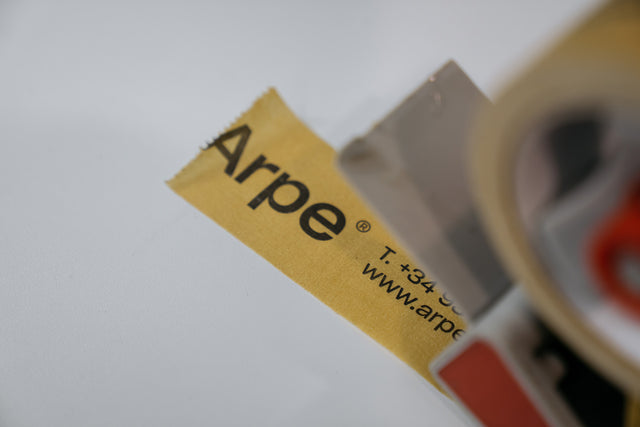
We estimated about 150 washes (which isn’t the maximum) and an industrial drying process. We compared the results to an 100% cotton towel and we reported big savings with our towel: 58% less energy, 55% less water, and 40% less soap.
USES

Even though the towels are recyclable, we considered that half would end up in a landfill and half in an incinerator. With the packaging, 42% would be recycled, 21% landfilled and 37% incinerated.
LIFE CYCLE


